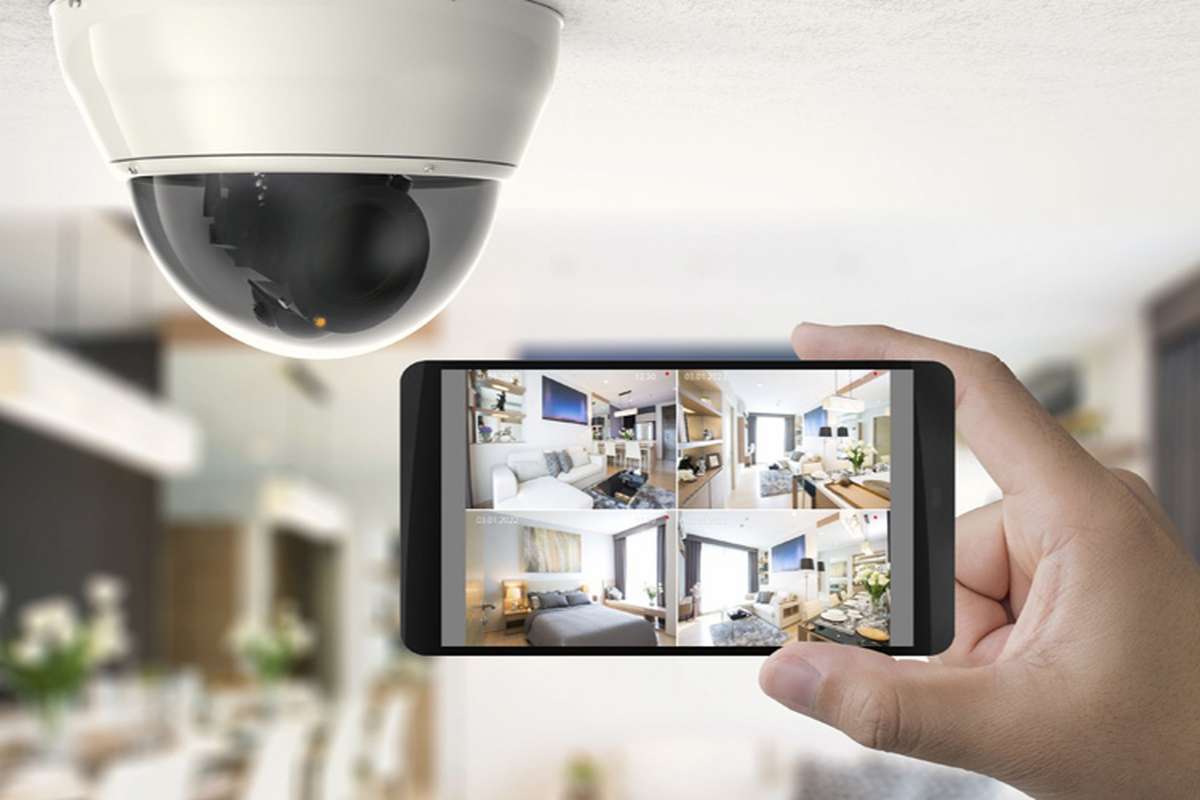The rise of Internet of Things (IoT) devices has reshaped numerous industries, offering seamless data exchange and enhancing efficiency across smart homes, healthcare, industrial automation, and agriculture.
However, this surge in IoT adoption has also raised concerns about energy consumption, particularly regarding battery-powered devices. The manufacturing, transportation, and disposal of batteries contribute to environmental challenges, prompting the exploration of sustainable alternatives.
Due to this, researchers have turned to organic-based optoelectronic technologies as potential solutions. Among these, organic photovoltaic cells (OPVs) and organic photodetectors (OPDs) stand out for their energy efficiency and functionality in generating electricity from light and sensing images, respectively.
However, the separate manufacturing processes for OPVs and OPDs have limited their widespread adoption due to cost constraints.
Addressing this challenge, a team led by researchers at the Korea Institute of Science and Technology has developed a breakthrough multifunctional device that combines the properties of both OPVs and OPDs. This innovation enables the device to generate electricity while serving as an image sensor.
The result is a reduction in the need for separate components and reducing complexity and cost.
The multifunctional device demonstrates remarkable performance, boasting a photoelectric conversion efficiency exceeding 32% for the OPV function and a linear dynamic range surpassing 130 dB for the OPD function. These capabilities surpass those of existing organic-based optoelectronic devices, making the device highly efficient in capturing images under low-light conditions.
While the current prototype consists of a single pixel, its potential applications are significant. Functioning as a self-powered camera, the device holds promise for various industrial sectors, including smart indoor environments and human-computer interaction research.
Moreover, its ability to detect movement and recognize motion patterns in light-deprived environments offers practical utility beyond traditional imaging applications.
Though in its early stages, this technology marks a significant advancement in the realm of sustainable IoT devices. As researchers continue to refine the device and scale it to higher resolutions, its impact on energy-efficient imaging and sensor technologies is poised to grow, paving the way for more sustainable and versatile IoT applications across industries.

